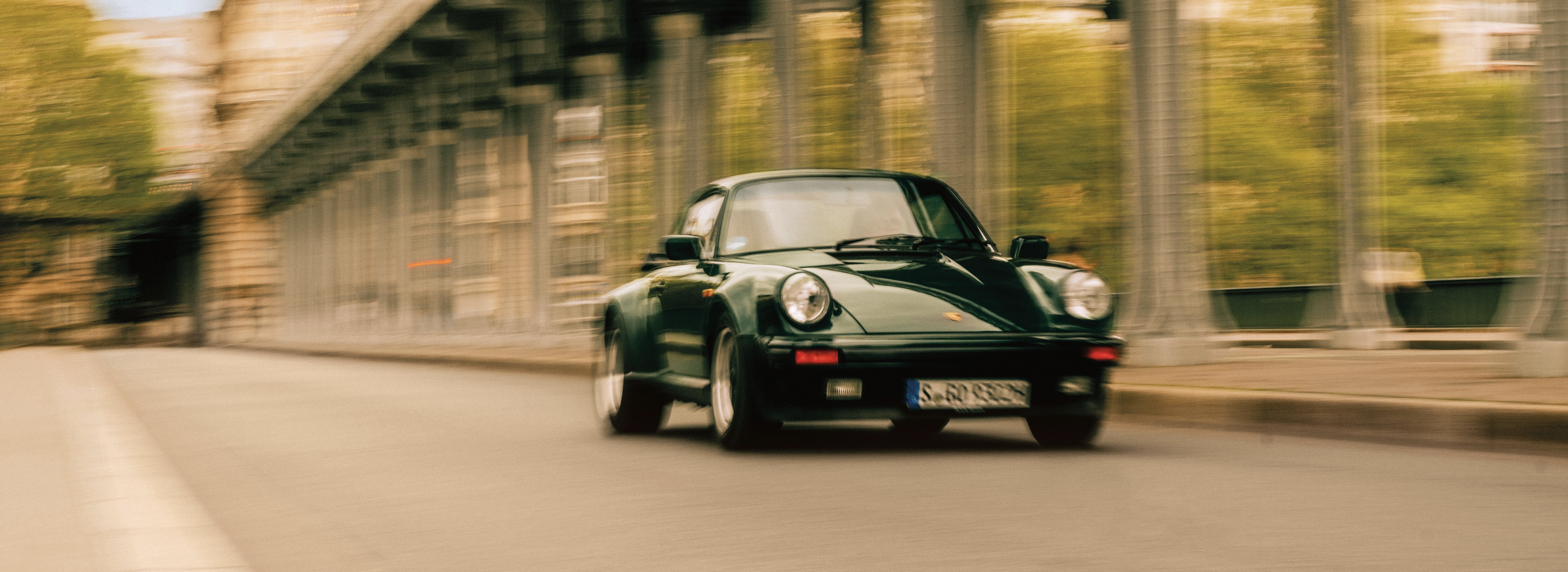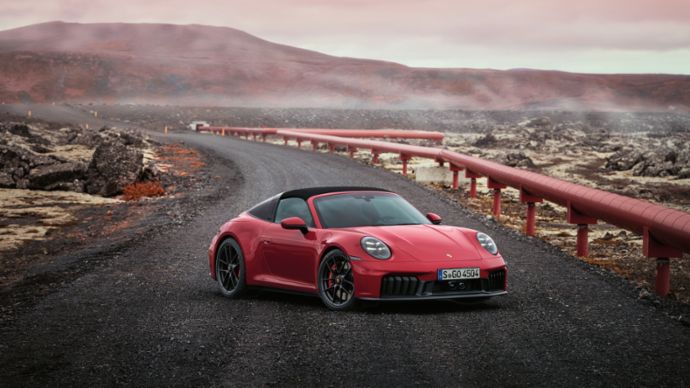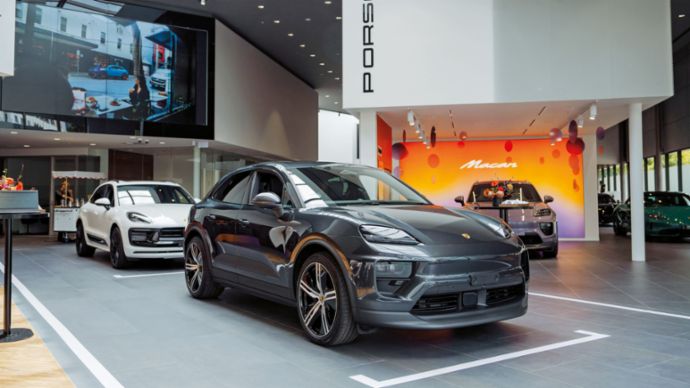Editorial: Pioneering Spirit
Our sports cars are a symbol of automotive tradition, performance, and passion. One of them, the 911 Turbo, set new standards in the automotive industry at its premiere 50 years ago.
“Our iconic sports cars are a symbol of automotive tradition, performance, and passion.”
Knowledge, expertise, and passion – drawing on these aspects, the Porsche engineers create automotive emotions. Thanks to their entrepreneurial pioneering spirit, their achievements make it onto the road. And have done since 1948, when our founder Ferry Porsche presented his first sports car. The 356 “No. 1” Roadster was created in Gmünd, Austria. This town in the state of Carinthia is a stopping point in the roadbook in this issue of Christophorus. Traveling from Leipzig via Czechia to Austria, the roadbook’s journey takes us on the trail of the company’s history.
The international debut of the first 911 Turbo in 1974 in Paris involved a great deal of pioneering spirit, too. Cast your minds back to that time: the world had just more or less pulled through the oil crisis – and Porsche was presenting a sports car with 191 kW (260 PS). A 911 that brought race car performance to the roads – and in series production, too.
The first Turbo was streets ahead of the competition in terms of performance. And that’s not all: the combination of exhaust gas turbocharging and fuel injection revolutionized the efficiency of the combustion engine. The original Turbo complied with strict exhaust gas rules from the outset.

Dr. Sebastian Rudolph
EditorOn the 50th anniversary of the 911 Turbo, Christophorus takes a trip to Paris – the city in which it celebrated its spectacular world premiere. This issue’s dossier is likewise dedicated to the turbo engine. It’s about passion that leads to knowledge. About half a century ago, competitive pressure in motorsport accelerated its development and brought it to production maturity. We delve deep into the technological leaps and its emotive history – while also looking to the future. Electrified exhaust energy recuperation is the latest innovation for the six-cylinder boxer engine in our iconic 911. Even greater power and thrust, coupled with lower emissions. Our developers explain how this works in this new Christophorus.
Our iconic sports cars are a symbol of automotive tradition, performance, and passion. All over the world. Including, in a very special way, in the middle of the Pacific. On the Big Island, the largest of the Hawaiian islands, we visit one of the newest Porsche Clubs in the world. The vehicles in the club president’s collection take us back into the company’s history. We explore the Aloha State with his 356 from 1963 and his 911 Turbo Cabriolet from 1989. The club takes a tour through the impressive volcanic landscape in a colorful kaleidoscope of Porsche models. The volcanoes are still active. Their eruptions enlarge and change the geography of the archipelago. Here, too, the new is unceasingly being created on the basis of the old.
Dear Readers, we’re curious to know about the achievements that fascinate you. Please do write us at christophorus@porsche.de.
Consumption data
911 Targa 4 GTS
911 Turbo
-
12.3 – 12.0 l/100 km
-
279 – 271 g/km
-
G Class
-
G Class
Macan 4 Electric
-
20.4 – 17.8 kWh/100 km
-
0 g/km
-
A Class



